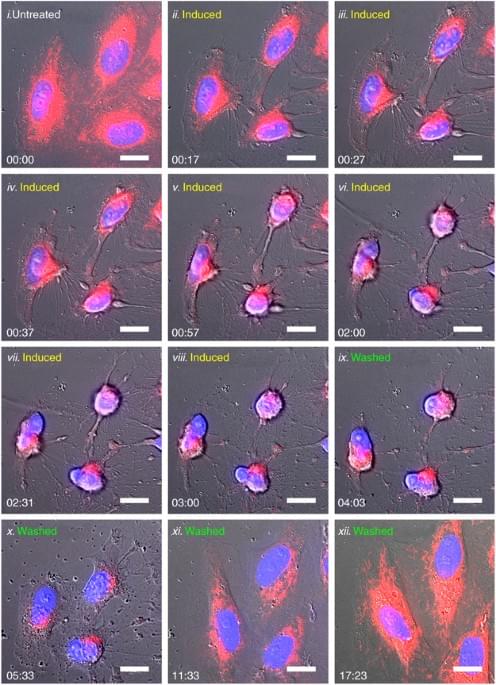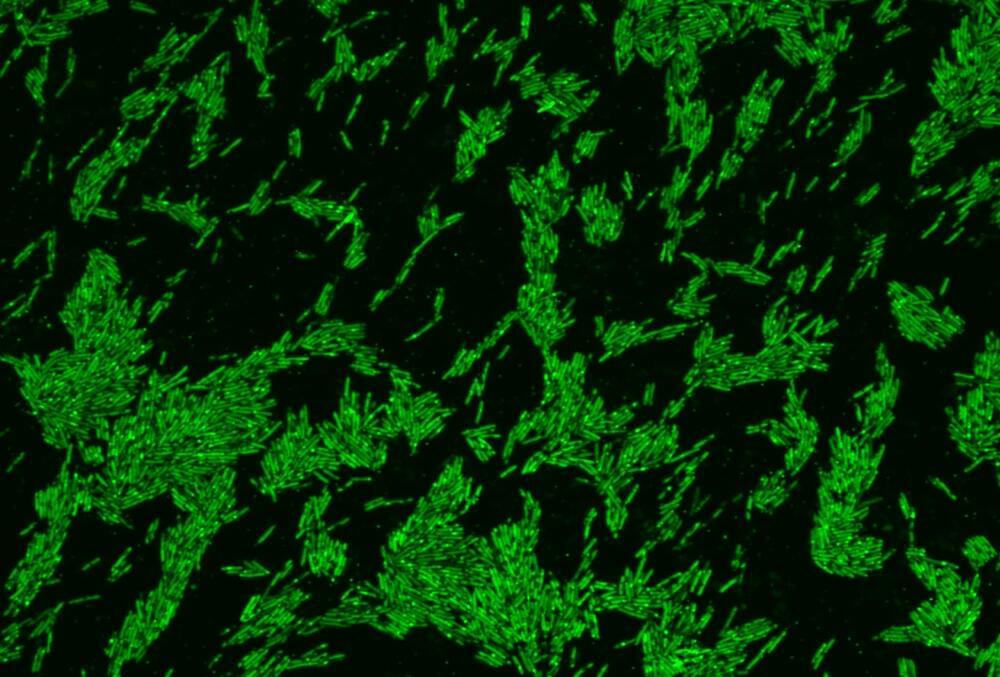LimX Dynamics’s bipedal robot, P1, can keep its footing, even when traversing rough terrain unlike any it’s seen before.
Get the latest international news and world events from around the world.

AI reveals huge amounts of fraud in medical research | DW News
New detection tools powered by AI have lifted the lid on what some are calling an epidemic of fraud in medical research and publishing. Last year, the number of papers retracted by research journals topped 10,000 for the first time.
One case involved the chief of a cancer surgery division at Columbia University’s medical center. An investigation found that dozens of his cancer treatment studies contained dubious data and recycled images. Other scandals have hit Harvard on the East Coast and on the West Coast it is Stanford University. A scandal there resulted in the resignation of the president last year.
Chapters:
0:00 What we think we know about medical research.
1:32 Arthur Caplan, NYU Langone Medical Center.
Subscribe:
For more news go to: http://www.dw.com/en/
Follow DW on social media:
►Facebook: / deutschewellenews.
►Twitter: / dwnews.
►Instagram: / dwnews.
►Twitch: / dwnews_hangout.
Für Videos in deutscher Sprache besuchen Sie: / dwdeutsch.
#medical #ai #medicalfraud

A scalable reinforcement learning–based framework to facilitate the teleoperation of humanoid robots
The effective operation of robots from a distance, also known as teleoperation, could allow humans to complete a vast range of manual tasks remotely, including risky and complex procedures. Yet teleoperation could also be used to compile datasets of human motions, which could help to train humanoid robots on new tasks.

Reversibility of apoptosis in cancer cells
Year 2008 I think that this reversing of the death processes in cancer could be genetically engineered in humans to essentially reverse death on the whole human body.
British Journal of Cancer volume 100, pages 118–122 (2009) Cite this article.


NASA’s Ambitious Plan for Sustained Lunar Exploration and Development
NASA is embarking on an ambitious plan to return humans to the Moon and establish a sustained presence on the lunar surface. The Artemis program, named after the twin sister of Apollo in Greek mythology, aims to land the first woman and the next man on the Moon by 2026. This mission will mark the beginning of a new era of lunar exploration, paving the way for long-term scientific research, resource utilization, and technological advancements that will ultimately enable human missions to Mars and beyond.
The Artemis program is not just about returning to the Moon; it is about staying there. NASA envisions a future where humans live and work on the lunar surface for extended periods, conducting scientific experiments, extracting resources, and testing technologies that will be critical for deep space exploration. The establishment of a sustained lunar presence will require the development of robust infrastructure, including habitats, power systems, and communication networks.
One of the key elements of NASA’s plan is the Artemis Base Camp, a permanent outpost near the Moon’s South Pole. This location was chosen because it offers access to water ice in permanently shadowed craters, which can be used for life support and rocket propellant production. The base camp will consist of a foundation surface habitat for short-term crew stays, a habitable mobility platform for long-duration missions, and a lunar terrain vehicle for transportation.

Discovery points path to flash-like memory for storing qubits
By Jade Boyd, Rice University
Rice University physicists have discovered a phase-changing quantum material—and a method for finding more like it—that could potentially be used to create flash-like memory capable of storing quantum bits of information, or qubits, even when a quantum computer is powered down.

Netherlands Builds Quarter-Mile Hyperloop Tube for Testing
While researchers have encountered major headwinds in turning the Hyperloop into a reality, the European Hyperloop Center is still hoping to open the first functional tube by the end of the decade.
The nonprofit foundation has opened a new quarter-mile test tube made out of white steel segments, running alongside a railroad track in the northern Netherlands. It even includes a lane switch that splits the tube into two, an early experiment that could eventually inspire a way to connect a network of tubes.
The concept, as dreamed up by Tesla CEO Elon Musk over a decade ago, involves ferrying passengers and cargo through low-pressure tubes at roughly twice the speed of high speed rail, greatly cutting down the time to travel between cities.

SpaceX Tests Epic Escape Slide in Case of Exploding Rocket
SpaceX has tested the emergency chutes that could save astronauts’ lives during a launch at the Kennedy Space Center in Florida.
A new video shared by the company on X-formerly-Twitter shows a person dressed in a black and white SpaceX spacesuit zipping down from the tower’s crew pad inside a tube of red and white fabric, an equally exhilarating and terrifying ordeal — especially considering the threat of an exploding rocket right behind you.
“Even though it’s meant to be used for emergencies, it looks like a lot of fun!” SpaceX CEO Elon Musk commented in a tweet.